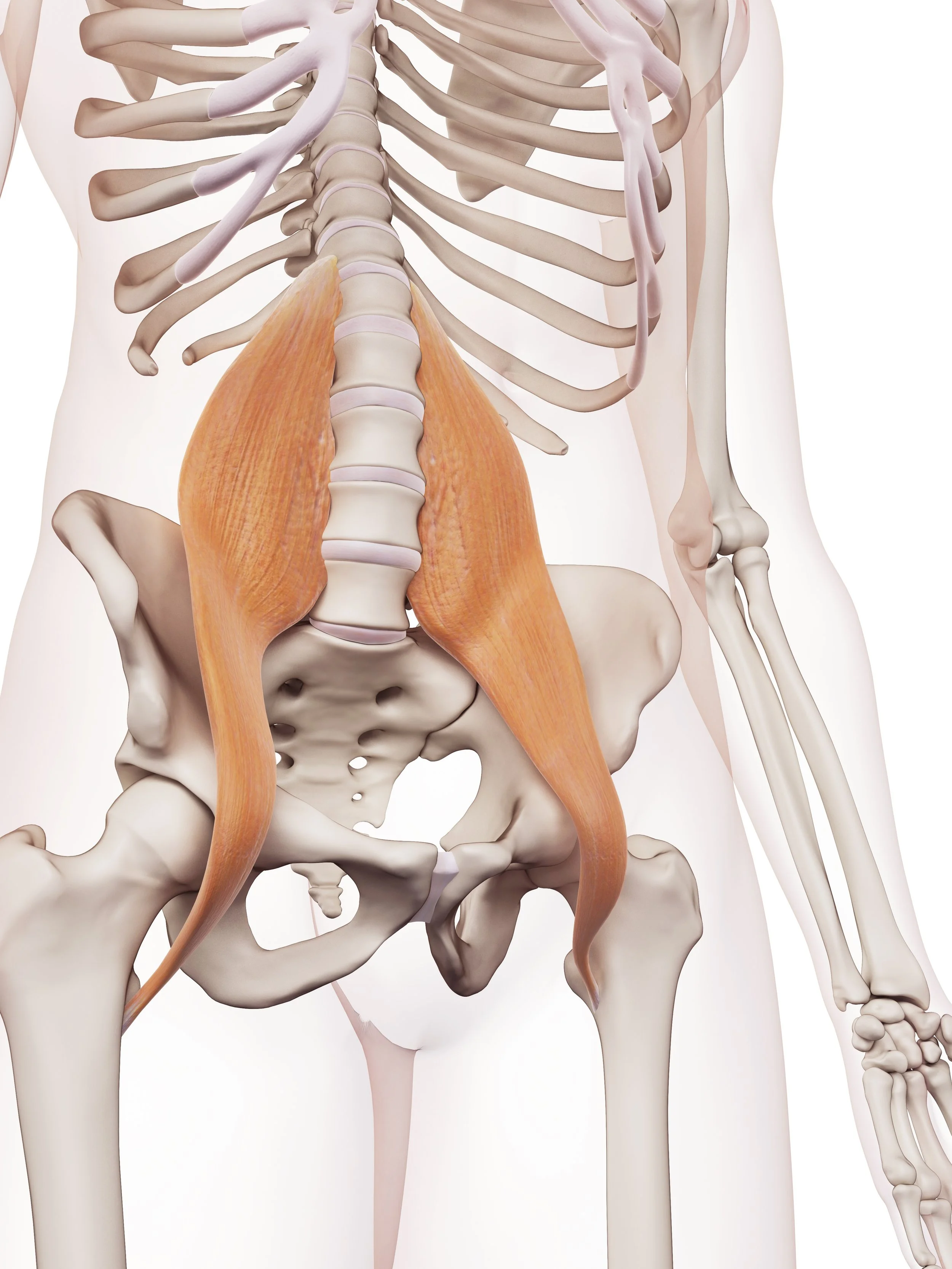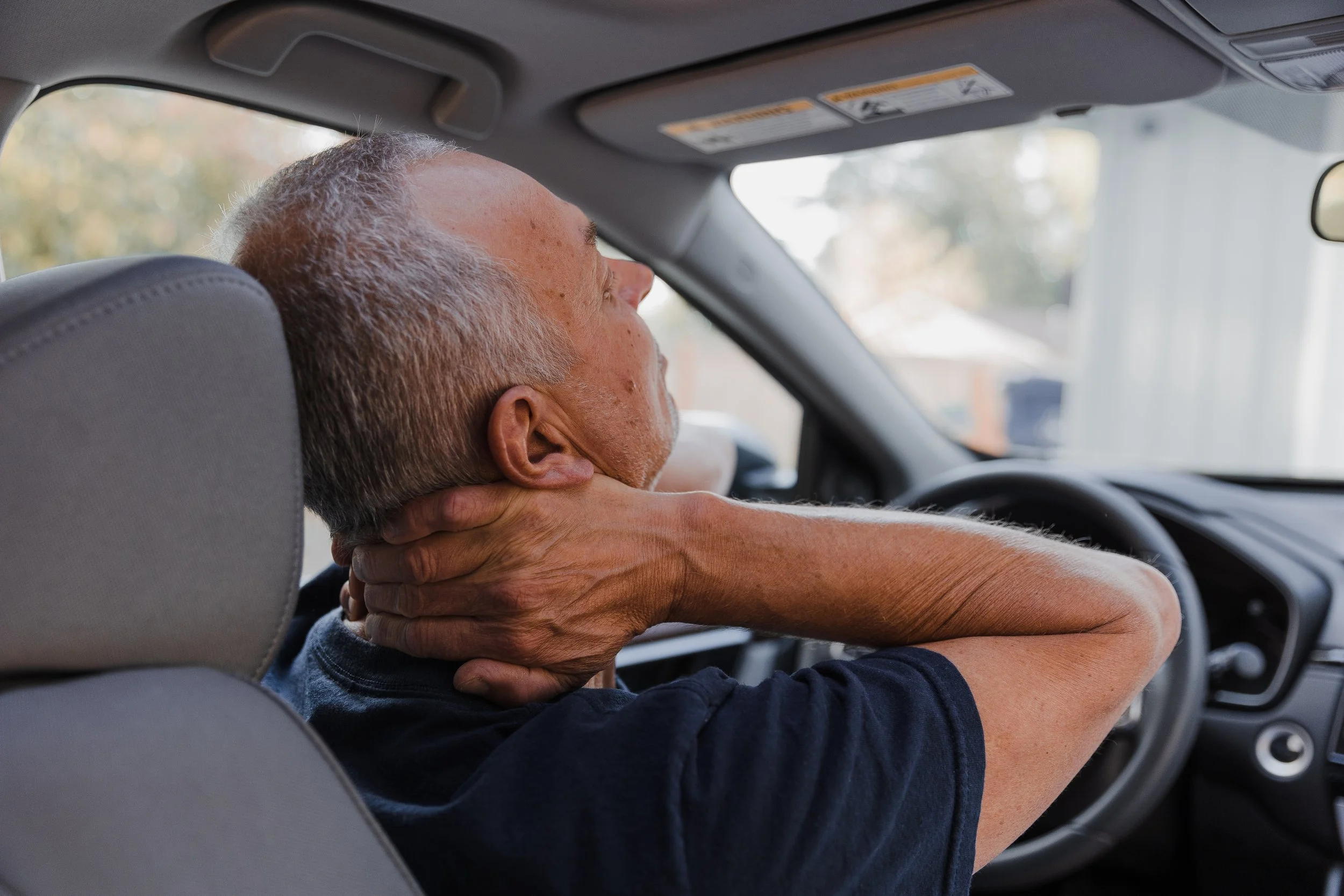On the final segment of the osteoporosis series, I wanted to answer a question that often comes up in relationship to osteoporosis and briefly talk about nonpharmacological approaches.
Patients often ask if osteoporosis by itself can be pain producing. I think that in most cases the answer is no and that is the general traditional medical understanding. Obviously complications of osteoporosis like stress fractures can be extremely pain producing, but as to the question of how symptomatic a low bone mass can be, the general understanding has been that it is silent. However I would say that in the last five years I have started shifting my thinking on the subject after encountering several patients with fairly advanced osteoporosis with T-scores well below -3.5, who reported some generalized vague bone pain, not related to position or movement, and I have started to wonder if in some extreme cases, osteoporosis can give you some non- localized symptoms. In most cases however, when a patient presents with back pain and osteoporosis, the source of the pain is going to be mechanical, postural, myofascial, degenerative or inflammatory in nature.
As far as treatment options, the recommendations are obviously going to be based on the results of the workup that we have described in the first five segments.
We would first address some of the basic bony needs such as adequate dietary intake of bone matrix nutrients (protein, calcium, minerals,) as well as adequate weight-bearing resistance training to stimulate the body's deposition of bone.
Second, we would try to address and correct some of the abnormalities found on lab testing: treat digestive inefficiencies such as hypochlorhydria, significant menopausal hormone deficit, elevated chronic stress hormones, etc. The limitation is sometimes the medications that the patient have to continue taking long terms. In which case it may not be fully possible to correct the underlying problem, and more aggressive supportive supplementation is needed.
Third, nutritional supplementation and intervention has to be catered to a particular patient's need. There is not a one-size-fits-all supplementation for all patient with osteoporosis/osteopenia. But in most cases, the patients will need to make sure they have adequate intake of vitamin D3 and vitamin K2. The exact dosage varies but usually ranges somewhere between 2000 and 5000 IUs daily to achieve a healthy blood level around 30/40. Vitamin K 2 can be used in physiological doses, similar to what would be a normal dietary intake and absorption around 800 µg, but can be used in more aggressive therapeutic doses of a few grams a day, especially in patients who are exhibiting significant elevation of D-pyrilink on urinary excretion testing.
Cofactors and minerals are extremely important for the body's ability to properly incorporate calcium into the bone matrix, so most commercial supplementation will often contain additional things such as magnesium, boron, strontium. It is also important to note that not all forms of calcium are created equal for the sake of absorption, and that higher-quality supplementation will typically contain bioavailable forms of calcium rather than calcium carbonate. And since calcium is notoriously hard to digest, especially with age, due to decreased stomach acid production, taking the calcium with mildly acidic food can be very beneficial to improve gastrointestinal uptake.









